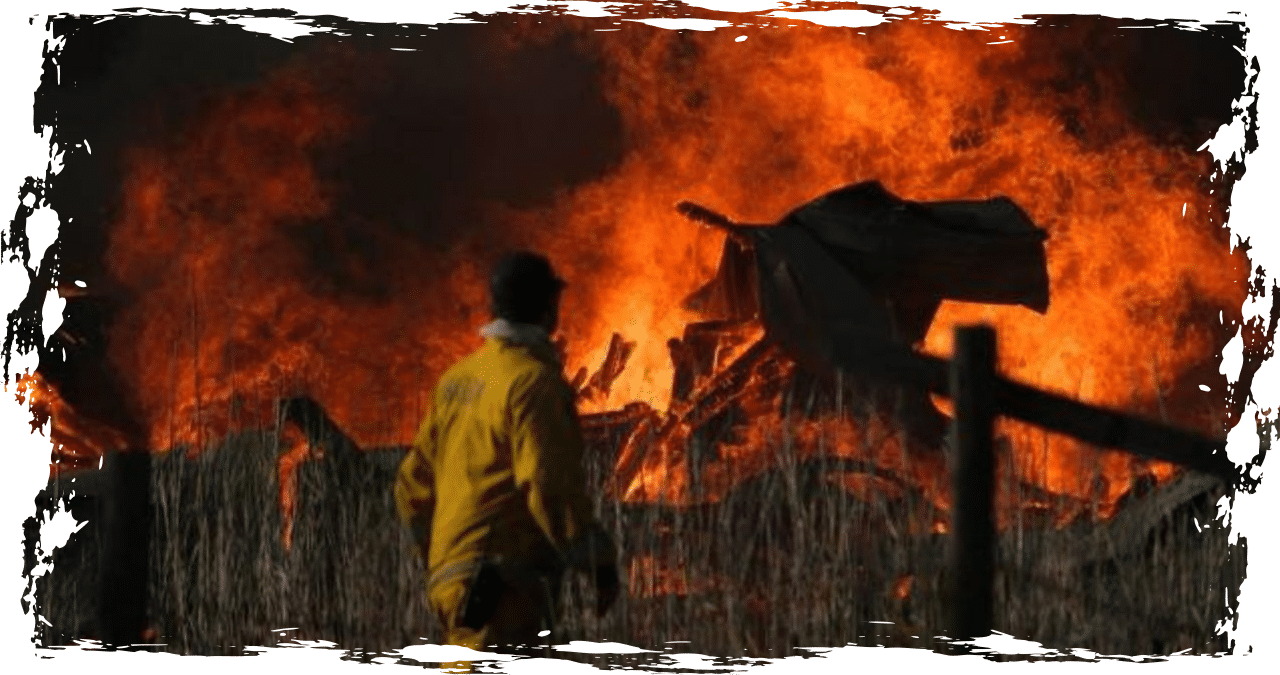As we approach the official start of summer, wildfire season has already begun with a blazing start, leading to hazardous air quality conditions in the Midwest and other areas. Over the past few weeks, more than 140 wildfires in Alberta and British Columbia, Canada, have triggered air quality alerts in Iowa, Kansas, Missouri, Minnesota, the Dakotas, Oklahoma, Nebraska, and Wisconsin. It’s alarming to see the extent of the impact of these wildfires, and it’s crucial to take necessary precautions to ensure our safety.
During alerts for poor air quality, people are advised to remain indoors until the conditions improve, much like the record-breaking wildfire season last summer. However, simply going inside does not necessarily ensure protection from harmful pollutants.
According to the Environmental Protection Agency, local officials frequently caution individuals to remain indoors during smoke events. Nevertheless, some of the smoke from outside can infiltrate homes and structures, making indoor air hazardous. The level of protection against wildfire smoke also differs among buildings due to variations in their design and construction.
According to the National Institute of Environmental Health Sciences, indoor air pollution can cause various health problems, including respiratory diseases, heart disease, cognitive deficits, and cancer. It is important to note that both short-term and long-term exposure to indoor air pollution can lead to these health issues.
As summer months bring wildfire smoke, communities are struggling to adjust to the decline in air quality. However, policymakers and the construction industry are taking necessary steps to ensure the safety of millions of Americans during alert periods in their homes and businesses.
There are several essential guidelines that are beginning to surface as the best practices in this field.
Communities can take a positive step forward by implementing effective education campaigns to raise awareness about the health hazards associated with wildfire smoke. Moreover, providing training to local leaders would be an excellent approach. The Colorado Department of Public Health and Environment, for instance, has initiated a statewide program to offer outreach, education, and training for local community partners. This program aims to prepare and respond to the public health threat posed by wildfires.
Communities can take proactive measures to ensure clean indoor air by investing in advanced monitoring technologies that provide real-time data and feedback. Additionally, air cleaning systems that were utilized during the peak of the COVID-19 pandemic can be reactivated. A great example of this is the Utah Department of Environmental Quality, which is combatting harmful wildfire toxins within buildings. They have implemented both indoor and outdoor fine particle and carbon dioxide sensors at public schools, and have also distributed air cleaners and filters to residents in underserved areas, including public schools and preschools.
To prevent the most vulnerable individuals from being overlooked, one crucial strategy is being implemented. Certain areas are establishing centers that feature specialized air filtration systems. Montana, for instance, has been hit hard by the effects of wildfire smoke, prompting the state to launch a clean air shelter initiative in six communities. The program was designed for easy replication in other regions that are also in dire need.
As wildfire season continues to extend well into the autumn, planners are now prioritizing school buildings, youth centers, and other public buildings. The Nez Perce Tribe in Idaho is taking action by retrofitting three community centers, nine public libraries, and four youth centers to withstand the effects of wildfire smoke events.
To better equip regions at risk of dangerous plumes, the federal government is providing coordination and financial support. The Environmental Protection Agency (EPA) has started distributing grants to areas across the country that have demonstrated a risk of wildfire smoke. These grants are being utilized to upgrade heating, ventilation, and air conditioning systems, as well as weatherization measures, to safeguard occupants against air hazards caused by wildfire smoke.
According to the National Interagency Fire Center forecast, the 2024 U.S. wildfire season is expected to exacerbate as above-average temperatures persist throughout the summer. This indicates that there will be another season of plumes that will trigger air quality alerts in various regions of the country during the summer and fall.
Millions of people can be ensured safety by local leaders and building specialists working collaboratively.
Mark Hershey holds the position of Senior Vice President at Armstrong World Industries, a renowned ceiling and wall manufacturing company located in Lancaster, Pennsylvania. In addition, he serves as a member of the Board of Trustees of The National Building Museum.



